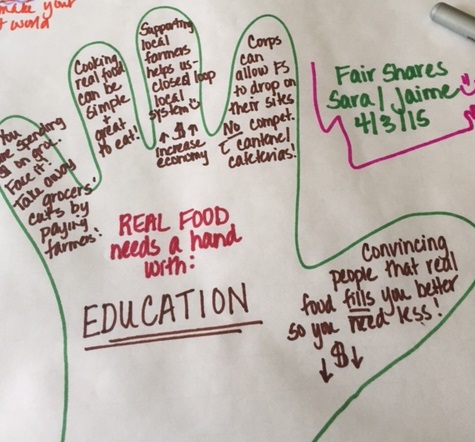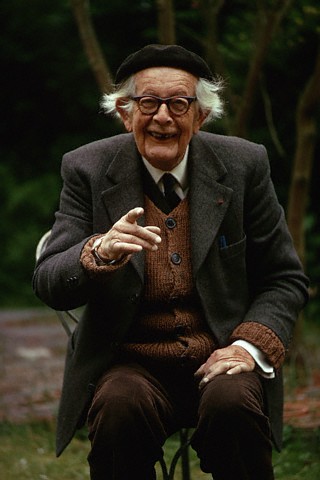My June and early July were spent modifying an Instructor led class on Financial Acumen I’d written two years ago. While others may yawn or roll their eyes at this topic, I find numbers and any way of looking at them intriguing. Weaving concepts together to create understanding for new managers and supervisors was revealing to me. I realized that there were foundational elements that needed to be solid before going on. Since our goal was to teach them how to manage their costs, they had to have a solid understanding of how Labor per Stat was generated before learning how to analyze what a Labor per Stat variance to budget meant to their department. These learners were not hired for their financial prowess, but because they were good nurses and clinician who know how to care for patients.
Creating a solid grounding to scaffold upon was key. Ever since I began teaching, scaffolding has been a part of my methodology. It slipped away when I began designing learning for adults, especially on topics like Intravenous catheters and helipad safety because I was so unfamiliar with the context and content. The stellar experts who supported the project explained the material well, which allowed me to build the content structure solid.
After seeing the different results in these learners compared to the previous audiences, I realized how the scaffolding methodology had proven to be successful. I also found two related blog posts on the importance of understanding one topic thoroughly before going on to the next one. The author of “Alice in Wonderland”, Lewis Carroll wrote another book that didn’t get circulated as well as Alice. It was titled a “Random Walk in Science” as he was actually a mathematician and logician. In this book, Lewis explains how to learn, using the scaffolding methodology without calling it out. Here he is speaking about reading a book and not going forward until you understand everything so far.
Don’t begin any fresh Chapter, or Section, until you are certain that you thoroughly understand the whole book up to that point, and that you have worked, correctly, most if not all of the examples which have been set. So long as you are conscious that all the land you have passed through is absolutely conquered, and that you are leaving no unsolved difficulties behind you, which will be sure to turn up again later on, your triumphal progress will be easy and delightful. Otherwise, you will find your state of puzzlement get worse and worse as you proceed, till you give up the whole thing in utter disgust.
Click on this link to read more from How to Learn by Lewis Carroll.
Salmon Khan's Academy is founded on mastery-learning. He believes strongly that you should not advance until you understand the current concept 100%. Going on before you have 100% understanding creates gaps in your knowledge, that will cause failure going forward. Click here to learn more about Salmon Khan’s ideas on mastery learning.


































